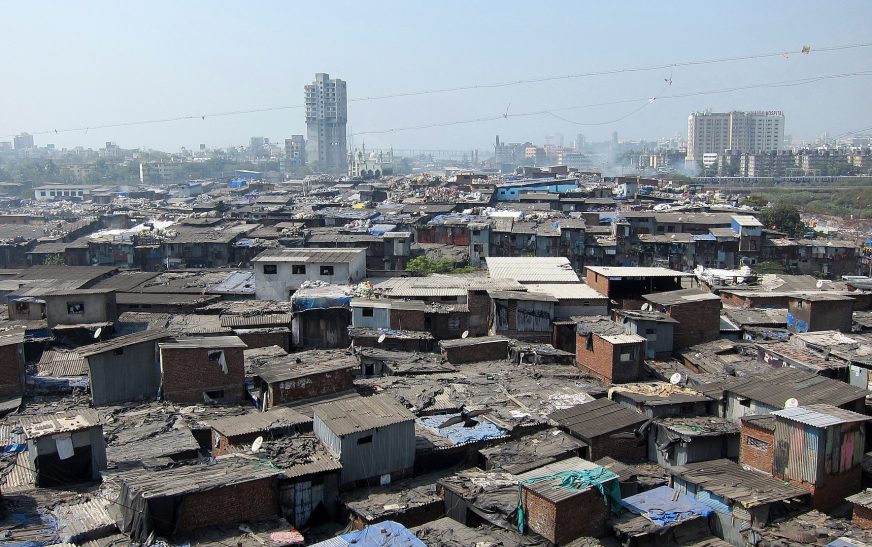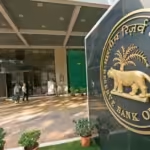Property registrations in Maharashtra have seen a significant increase, driven by unchanged Ready Reckoner (RR) rates. The steady RR rates have provided stability and predictability, encouraging more transactions in the real estate market. This article examines the factors behind the rise in property registrations and the implications for the state’s real estate sector.
Mumbai, India – Maharashtra has witnessed a notable rise in property registrations, a trend attributed to the state’s decision to keep Ready Reckoner (RR) rates unchanged. This stability has bolstered buyer confidence and led to increased activity in the real estate market.
Ready Reckoner rates, which are the benchmark values used to calculate stamp duty on property transactions, play a crucial role in determining transaction costs. By maintaining these rates at their current levels, the state government has provided much-needed predictability for buyers and sellers alike.
“The decision to keep RR rates unchanged has had a positive impact on the real estate market,” said Anuj Puri, Chairman of Anarock Property Consultants. “It has removed the uncertainty that often surrounds property transactions, making it easier for buyers to plan and execute their purchases.”
Data from the Maharashtra Department of Registration and Stamps shows a significant uptick in property registrations across the state. In Mumbai, the financial capital, property registrations rose by 15% in the past month compared to the same period last year. Other major cities like Pune and Nagpur have also reported similar increases.
Real estate developers and industry stakeholders have welcomed this development, noting that it has provided a boost to the sector, which is recovering from the effects of the COVID-19 pandemic. “The steady RR rates have created a conducive environment for property transactions,” said Niranjan Hiranandani, President of the National Real Estate Development Council (NAREDCO). “This stability is crucial for sustaining the market’s momentum and encouraging investment.”
The increased property registrations are not just limited to residential properties. Commercial real estate has also seen heightened activity, driven by businesses seeking to capitalize on favorable conditions. “There has been a noticeable rise in the registration of commercial properties, indicating a broader recovery in the real estate sector,” added Hiranandani.
Analysts believe that the unchanged RR rates have also mitigated the impact of rising interest rates on home loans. While higher interest rates typically dampen demand, the stability provided by consistent RR rates has helped offset some of this effect, keeping the market buoyant.
The Maharashtra government’s decision to maintain RR rates comes as part of a broader strategy to support the real estate sector and stimulate economic growth. By providing a stable framework for property transactions, the government aims to attract more investment and boost the state’s revenue from stamp duty and registration fees.
Looking ahead, industry experts are optimistic that the positive trend in property registrations will continue, provided there are no significant economic disruptions. “As long as the RR rates remain stable and the economic environment remains favorable, we can expect sustained growth in property registrations,” said Puri.
In conclusion, the rise in property registrations in Maharashtra, driven by unchanged RR rates, marks a positive development for the state’s real estate sector. This stability has enhanced buyer confidence, leading to increased activity across residential and commercial markets. As the sector continues to recover and grow, the importance of predictable policy measures cannot be overstated.















